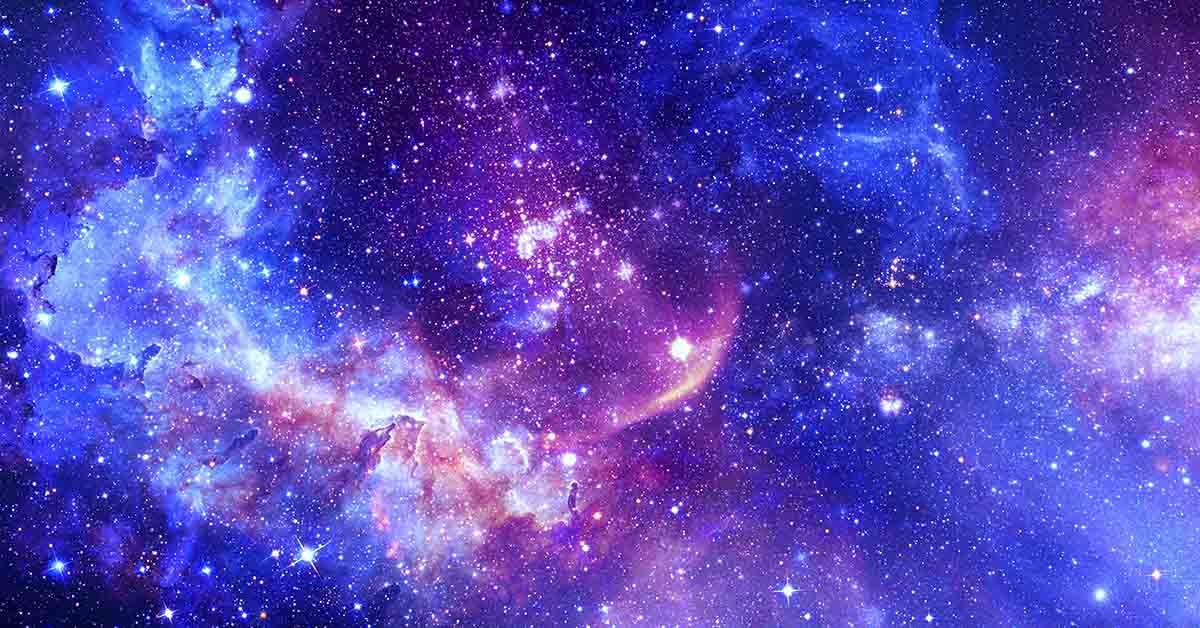Although people have differing beliefs, they generally fall into one of three categories. Those who believe in science and those who believe in religion, or those who think there’s an overlap of both. Regardless of your personal beliefs about how we got here, the stars and space are vast and altogether awe-inspiring. Scientists have used the James Webb telescope to discover something that may just change what we know about space’s origins.
James Webb Telescope Makes Incredible Discovery
Last year, in July, the James Web Telescope captured images of a red dot. The following day there were five more unidentified objects. Scientists theorize that these six objects are, in fact, massive galaxies. Furthermore, theorizing each to be older than the Milky Way Galaxy. The images reflect that those galaxies might’ve been more than 13 billion years old. Meanwhile, our galaxy was only 700 million years old at the time. Although that still seems old, currently, our galaxy is estimated to be over 13 billion years old. So, the newly discovered James Webb Telescope images show galaxies that are more than twice as old as our own.
‘We just discovered the impossible’ – Images from the powerful new #JWST show a small red dot that will shake up our understanding of how galaxies formed after the Big Bang. Associate Professor Ivo Labbe has published the results in @Nature ➡️ https://t.co/2gBQtsRNiy pic.twitter.com/5zFlv6UWC9
— Swinburne University of Technology (@Swinburne) February 23, 2023
Brief History of the James Webb Telescope
The idea of the James Webb Telescope was first proposed in 1989 when NASA unveiled its plans to look to a larger infrared telescope. Less than ten years later, in 1997, NASA confirmed plans to construct the James Webb Telescope. However, it wasn’t until 2002 that the new project would be dubbed the James Webb Telescope. The concept telescope would be three times the size of Hubble and NASA’s largest piece of equipment. Construction took about ten years but was only for the base and structure. The rest would take nearly another decade to complete.
Astronomer Confirms Discovery
Astronomer Joel Leja commented, “These objects are way more massive than anyone expected.” Explaining, “We’ve discovered galaxies as mature as our own in what was previously understood to be the dawn of the universe.” Leja further shared, “What’s funny is we have all these things we hope to learn from James Webb. This was nowhere near the top of the list.”
Leja also stated, “We’ve found something we never thought to ask the universe — and it happened way faster than I thought, but here we are.” Leja also said that that although the objects in the James Webb Telescope images appear to be galaxies, they could also be supermassive black holes. Nonetheless, these images reflect a notable change, whether the 6 objects are galaxies or black holes.
Sharing Insight
The objects are so big that scientists will have to edit cosmology models. Or completely revise the belief that galaxies start out as “little dust clouds”. Leja also explained, “Regardless, the amount of mass we discovered means that the known mass in stars at this period of our universe is up to 100 times greater than we had previously thought. The revelation that massive galaxy formation began extremely early in the history of the universe upends what many of us had thought was settled science.”
Leja is hopeful that a spectrum image will provide more clarity, such as how far away the objects are and how big they are. In the meantime, “We’ve been informally calling these objects ‘universe breakers’ — and they have been living up to their name so far.” Leja explained.
“We looked into the very early universe for the first time and had no idea what we were going to find. It turns out we found something so unexpected it actually creates problems for science. It calls the whole picture of early galaxy formation into question.” added Leja.
Publication in a Prestigious Science Journal
The findings from the James Webb telescope images were published in Nature, a British Scientific Journal posted weekly. Lead author Ivo Labbé shares it only took a week to notice the discovery. They found that the images may depict something more incredible than previously believed. “Little did I know that among the pictures is a small red dot that will shake up our understanding of how the first galaxies formed after the Big Bang. ” Further explaining, “I run the analysis software on the little pinprick, and it spits out two numbers: distance 13.1 billion light years, mass 100 billion stars. I nearly spit out my coffee.”
Using infrared technology, the telescope can project images for scientists to identify these mysterious objects. The James Webb Telescope has only been around for a short time. In contrast, it has attained a pretty spectacular reputation in that time. President Joe Biden released the first James Webb Telescope images in 2022. Scientists were then able to use them to completely reframe the theorized origins of the universe.
Keep Reading: The deepest view of the unseen universe ever captured: NASA releases first images from new space telescope

